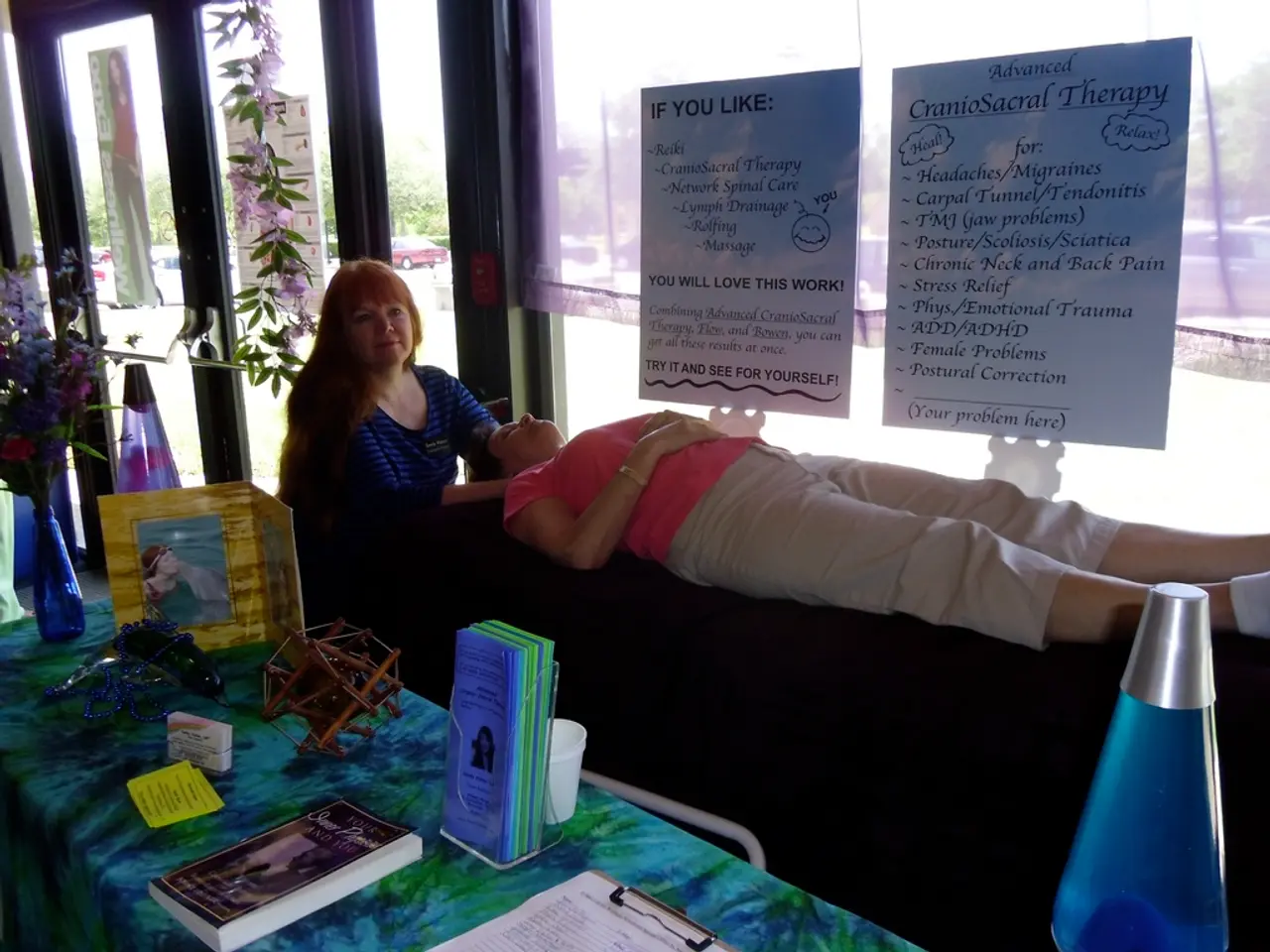Identifying Mental Patterns - Pinpointing Cognitive Biases in Adolescents
Understanding and Addressing Cognitive Distortions in Teens
Cognitive distortions in teenagers are mental processes that can cause inaccurate or skewed perceptions of reality. Recognizing these distortions is the first step in providing effective guidance and intervention.
Common types of cognitive distortions in teenagers include all-or-nothing thinking, catastrophizing, minimizing, personalization, and blaming. For instance, all-or-nothing thinking sees situations as either entirely positive or completely negative, with no middle ground. Catastrophizing involves blowing small problems out of proportion, while minimizing reflects a lack of self-confidence by downplaying the significance of accomplishments or abilities.
Impaired decision-making can result from cognitive distortions, making it challenging for teens to make sound judgments. This can affect various aspects of their lives, including academic performance, relationships, and self-esteem.
Excessive worry about body image can lead to conditions such as body dysmorphic disorder in teens, causing overpreoccupation with perceived flaws or imperfections in their appearance. Fear of rejection can also lead to excessive worry about being socially accepted, potentially resulting in avoidance of social situations or conformity to peer pressures.
The impact of cognitive distortions goes beyond immediate consequences, affecting a teen's self-esteem and identity formation. Low self-esteem can result from cognitive distortions such as minimizing and personalization. Conflict with others may be a sign of cognitive distortions, particularly blaming and all-or-nothing thinking. Changes in behavior, such as becoming more withdrawn or exhibiting impulsive behaviors, can also indicate the presence of cognitive distortions.
Effective strategies for helping teens cope with cognitive distortions include psychoeducation about common distortions, cognitive restructuring, mindfulness, journaling, and targeted therapy activities. These approaches teach teens to recognize, challenge, and replace distorted thoughts with balanced ones, thereby reducing emotional distress and improving coping skills.
Key strategies include psychoeducation and thought distortion detective, cognitive restructuring, mindfulness and emotional awareness activities, journaling and thought records, trigger tracking, therapeutic support, integration with other therapies, and addressing social comparison.
Implementing these strategies can empower teens to understand and manage their thinking patterns, leading to improved mental health and better decision-making. However, if cognitive distortions are severe or persistent, consider seeking professional mental health support for the teen.
Educators play a crucial role in recognizing the signs of cognitive distortions in teens. They should be observant of fluctuations in a teen's academic engagement, including changes in effort, participation, and overall performance. Teens engaging in minimizing may not fully appreciate their achievements, leading to a lack of motivation in their academic pursuits. Unrealistic expectations about various aspects of life can lead to persistent disappointment and distress when these unattainable expectations are not met.
In conclusion, understanding and addressing cognitive distortions in teenagers is essential for promoting mental health, academic success, and overall well-being. By recognizing these distortions and implementing effective coping strategies, we can help teenagers navigate the challenges of adolescence and emerge as confident, resilient, and emotionally intelligent individuals.
[1] Goldfried, M. R., & Gelso, C. J. (2011). Psychotherapy: A Comprehensive Text. Wiley-Blackwell. [2] Beck, J. S. (2011). Cognitive Behavior Therapy: Basics and Beyond. Guilford Press. [3] Burns, D. D. (1980). Feeling Good: The New Mood Therapy. New York: Avon Books. [4] Ellis, A. (1962). Reason and Emotion in Psychotherapy. New York: Harper & Row. [5] Linehan, M. M. (1993). Cognitive-Behavioral Treatment of Borderline Personality Disorder. Guilford Press.
- Acknowledging and countering cognitive distortions in teens can help foster a healthier mindset and emotional well-being, contributing to mental health improvement.
- The inability to accurately perceive reality, brought about by cognitive distortions, can exacerbate conditions like depression and anxiety in teenagers.
- Practicing mindfulness, journaling, and targeted therapy activities can help teens recognize and replace their distorted thoughts with balanced ones, improving self-esteem and resilience.
- Teachers must familiarize themselves with the signs of cognitive distortions like minimizing, which may lead to decreased motivation in academics, and address them promptly to aid in personal growth.
- Some cognitive distortions, such as catastrophizing and all-or-nothing thinking, can hinder mental health, academic success, and overall well-being among teenagers.
- By applying science-backed strategies like cognitive restructuring and emotional awareness activities, educators and parents can support the health-and-wellness and mental-health of adolescents.
- Persistent or severe cognitive distortions may warrant professional mental health support to ensure teenagers are adequately equipped to navigate their emotional landscape and continue growing into well-rounded, confident individuals.




